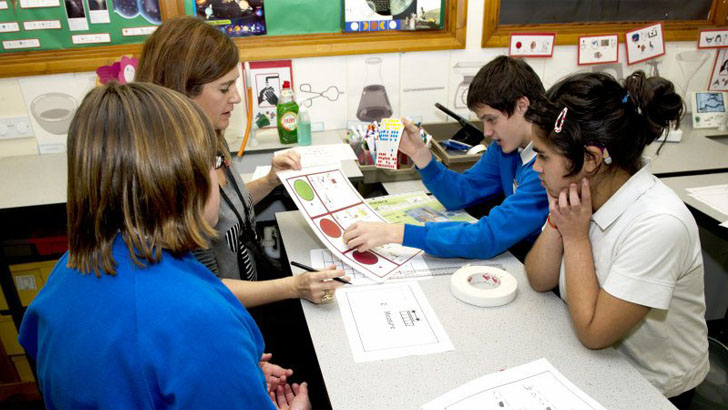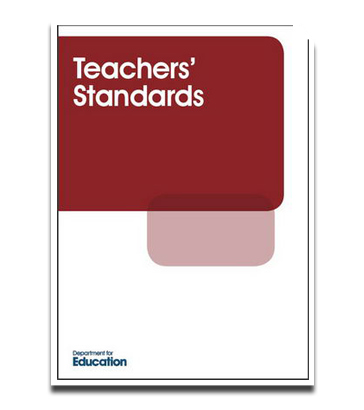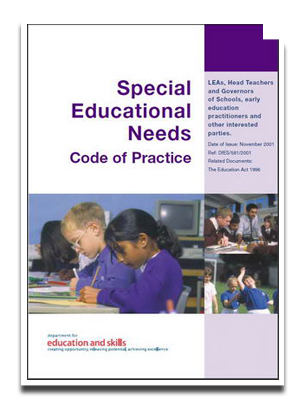

Level C of this module builds upon the learning at level B which introduces the unique nature of planning to meet the
needs of children with SLD/PMLD/CLDD.
Level C explores planning in more depth by looking at utilising learning outcomes, assessment and pedagogy as well as working
with other specialists and whole class planning.

The materials in this level are intended to provide those working with children with SLD/PMLD/CLDD the tools to be able to:
- Plan, implement and evaluate personalised interventions for individual children, including within a socially inclusive group context;
- Plan in partnership, taking account of perspectives from home, colleagues and other agencies, and with sensitivity to continuity across contexts; and
- Analyse and assesses children's individual learning needs, and plan eclectically from a range of possible approaches and specialist interventions.
Details of the professional standards that apply to all teachers in England can be obtained from the Department for Education website. These standards apply to all teachers regardless of their career stage and all aspects of the standards are relevant to teachers working with children with special educational needs.

As defined by the Department for Education Special Educational Needs Code of Practice (2001), children have special educational needs if they have a learning difficulty which calls for special educational provision to be made for them.
Children have a learning difficulty if they have:
- A significantly greater difficulty in learning than the majority of children of the same age, or
- A disability which prevents or hinders them from making use of educational facilities of a kind generally provided for children of the same age in schools within the area of the local education authority.

With thanks to the professionals who contributed to this module:
Module Content
Catherine Bernie, Assistant Head, Brookfields School, Reading
Brandon Mills, Deputy Head Teacher, Brookfields School, Reading
Sara Attra, Deputy Head Teacher, Brookfields School, Reading
All modules produced by The Schools Network and
Real Group (UK) Ltd for the Training Development Agency for Schools (TDA).
Editorial Team
Dr Mark Turner, Real Group (UK) Ltd
Professor Hilary Constable, The Schools Network
Jo Egerton, The Schools Network
Anne Fowlie, The Schools Network
John Truman, The Schools Network
Annie Grant, Independent Consultant
Production and Design
Jonathan Bond, Real Group (UK) Ltd
Colm Gibson, Real Group (UK) Ltd
David Hutter, Real Group (UK) Ltd
Ruth Earl, Real Group (UK) Ltd
Video, Audio and Photography
Atomic Productions
Project Management
Professor Barry Carpenter, The Schools Network
Alan Macgregor, Real Group (UK) Ltd
Sylvia Paddock, The Schools Network
Dr Mark Turner, Real Group (UK) Ltd
Caroline Ward, The Schools Network
Thanks to all the children, parents, carers, assistants and teachers for their involvement.